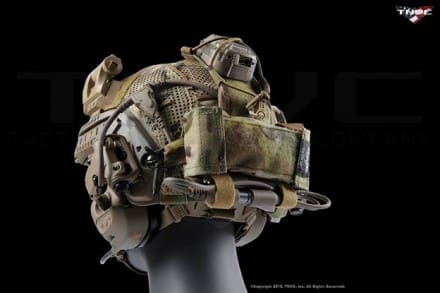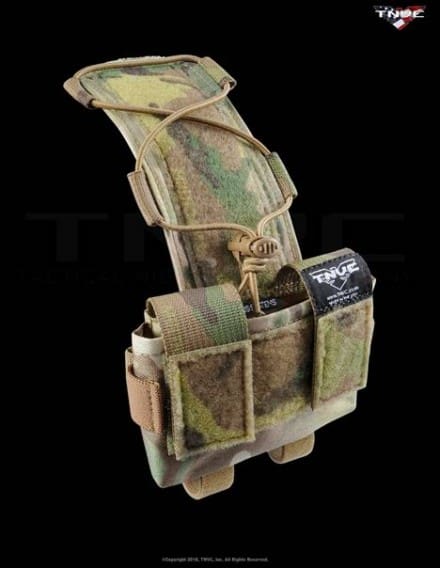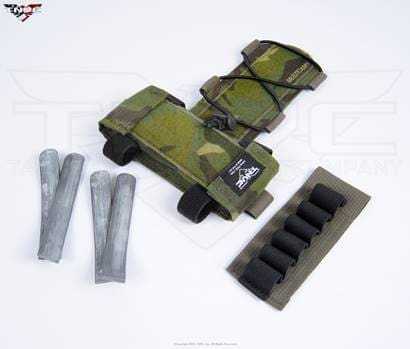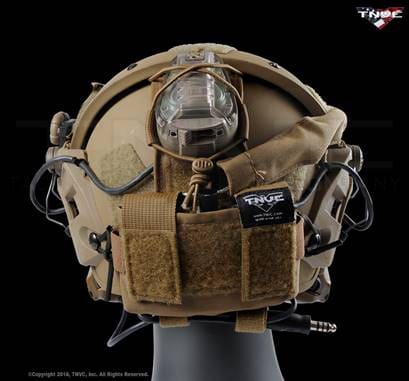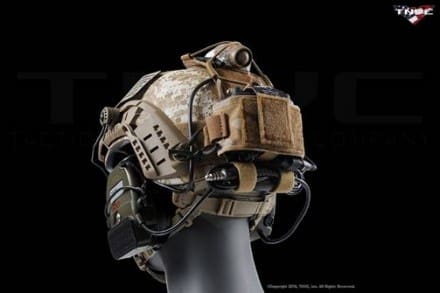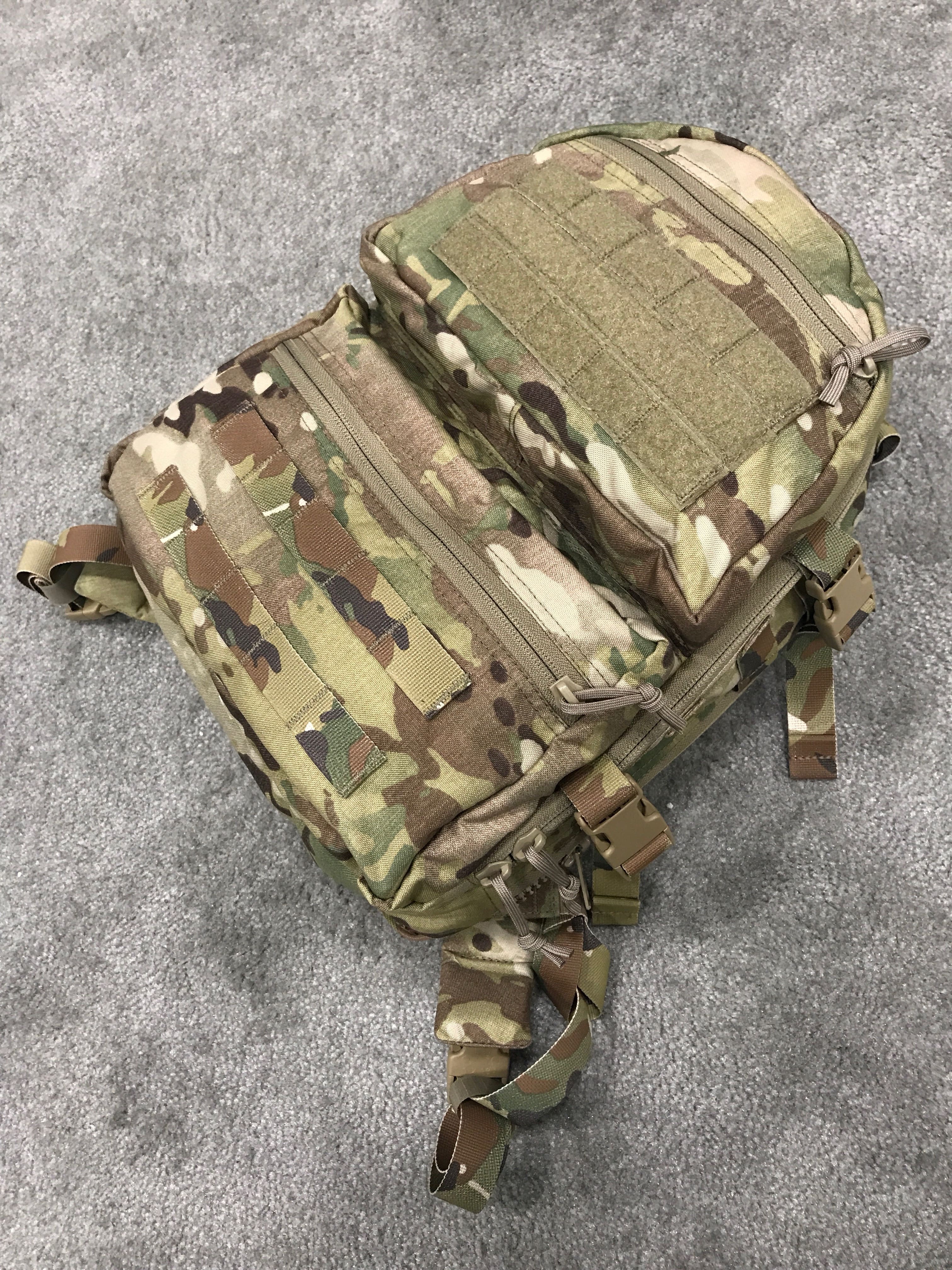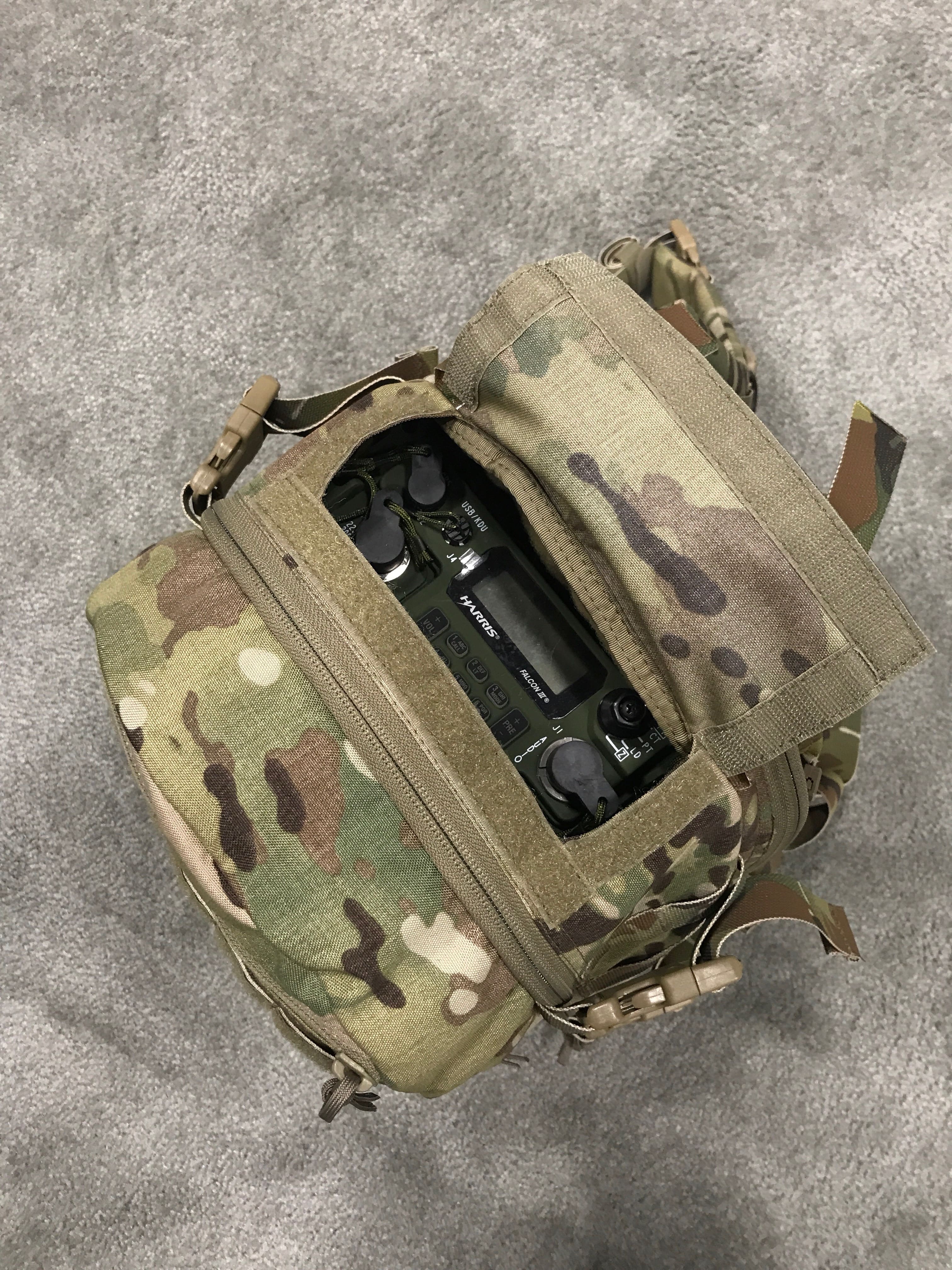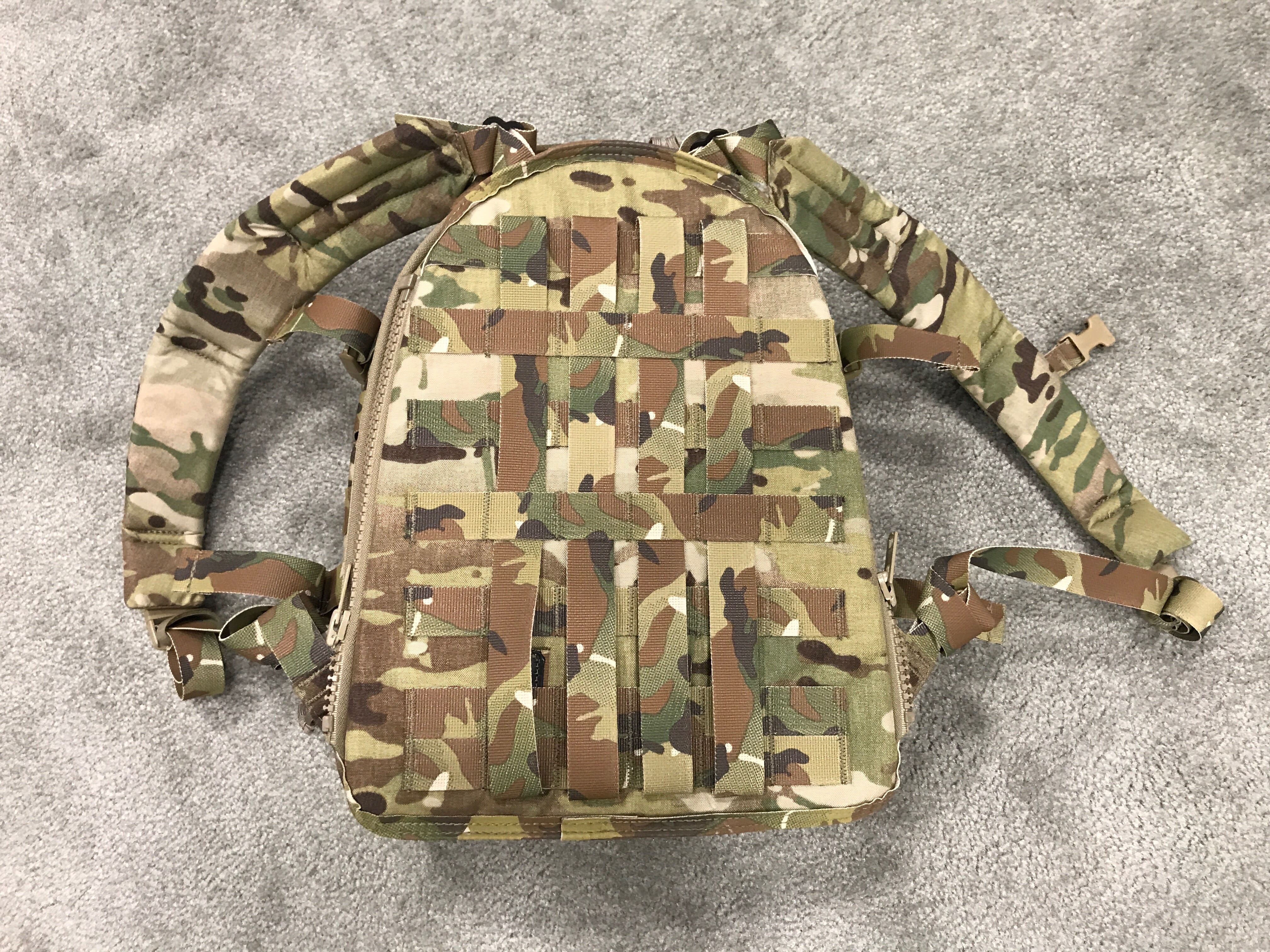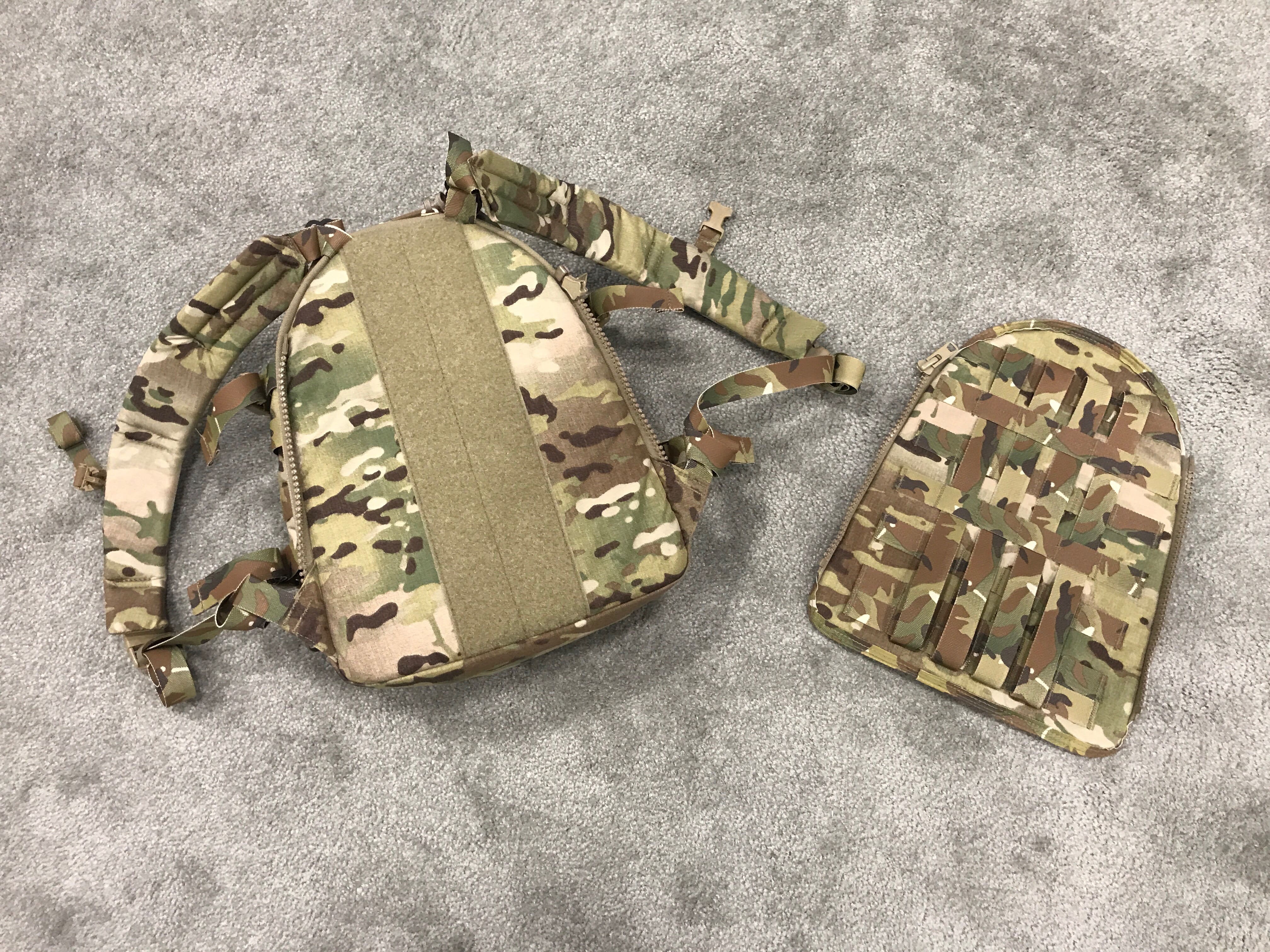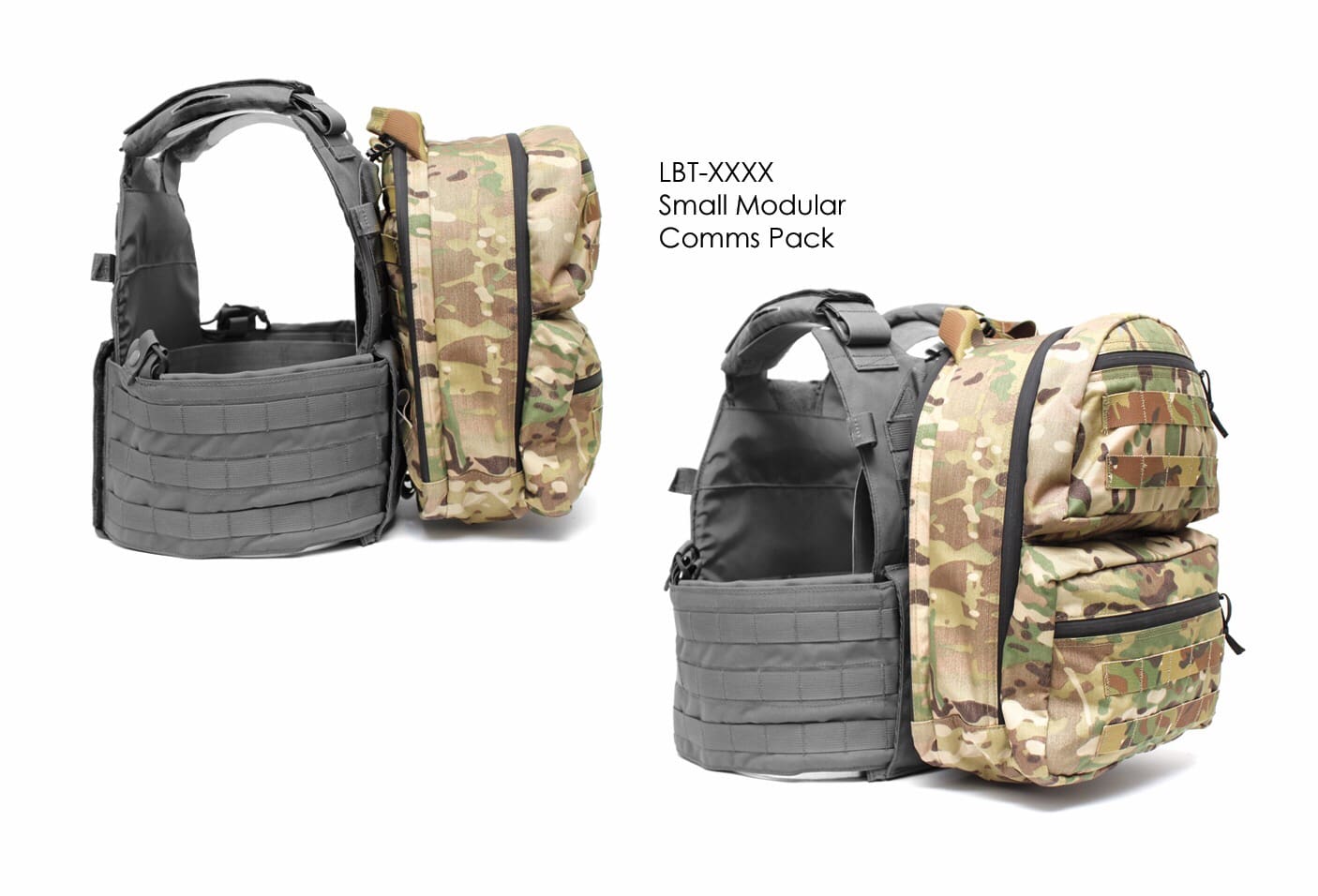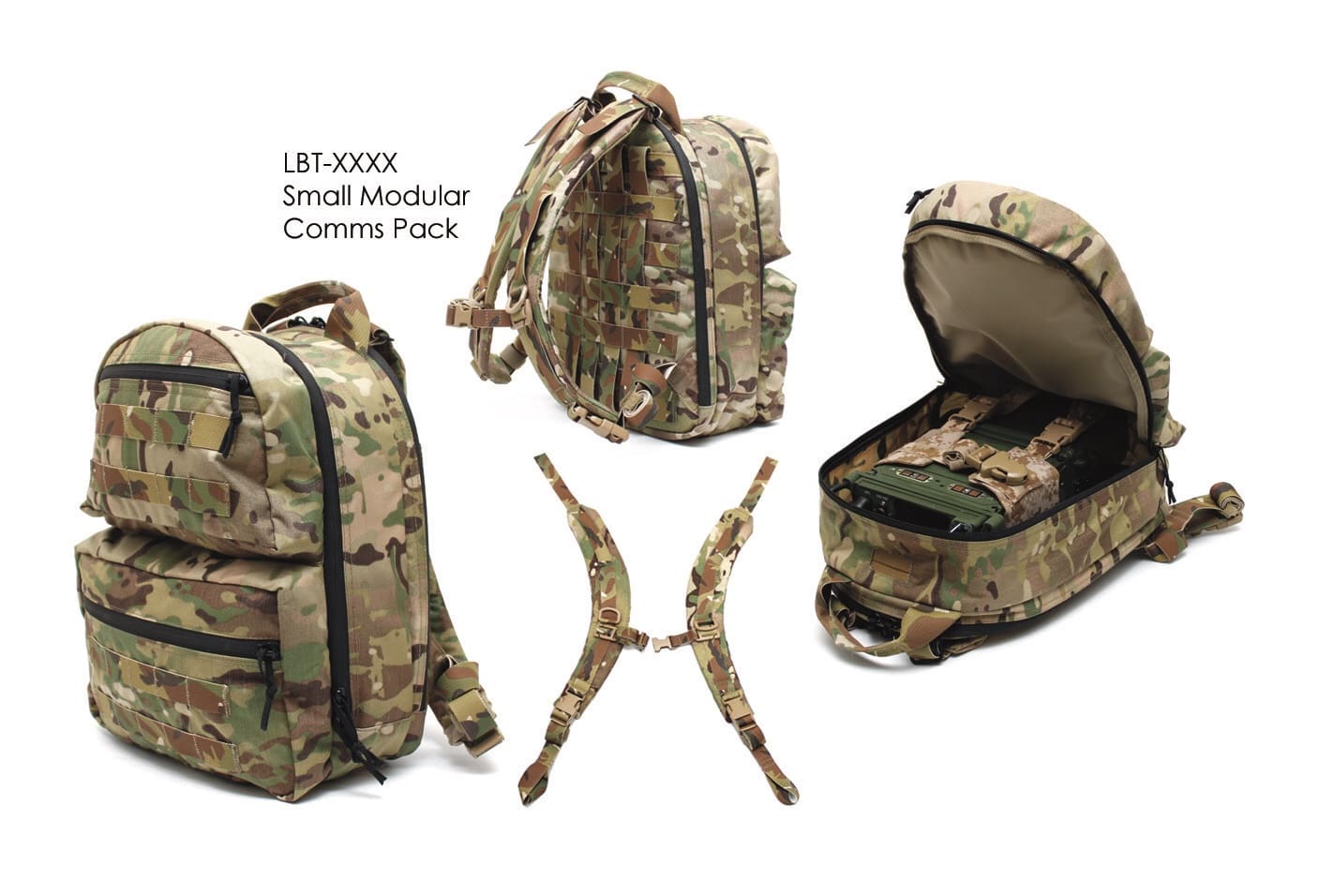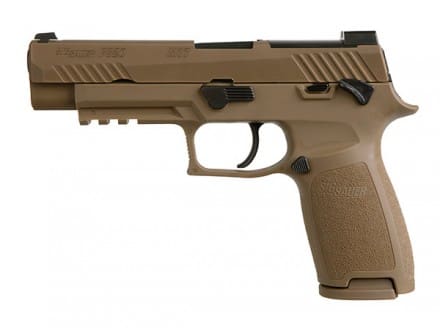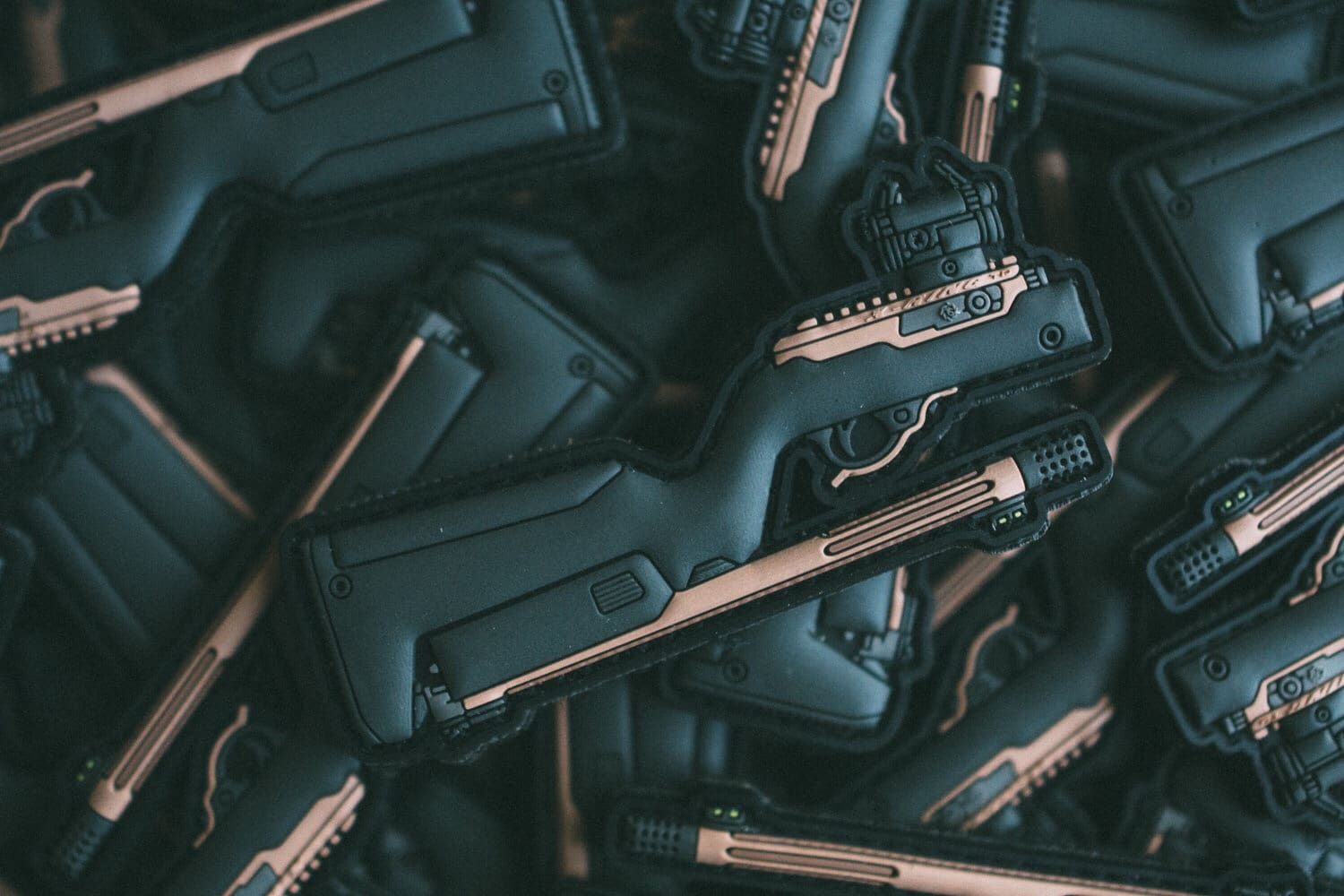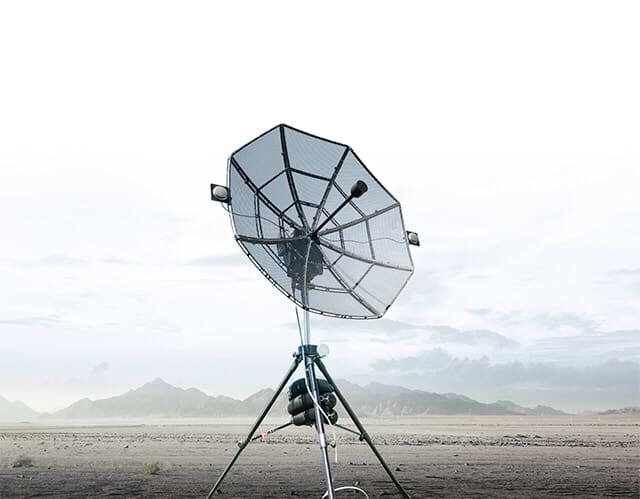(McLean, VA – July 19, 2018) FN America, LLC announces today the expansion of the FN 509® Series of striker-fired pistols with the release of the FN 509 Tactical, an optics- and suppressor-ready 9mm pistol. The pistol features the company’s patent-pending Low-Profile Optics Mounting System™ that enables the platform to accept more than ten commercially-available miniature red dot (MRD) optics and remain adaptable to future optics releases with no requirement of direct milling of the slide.
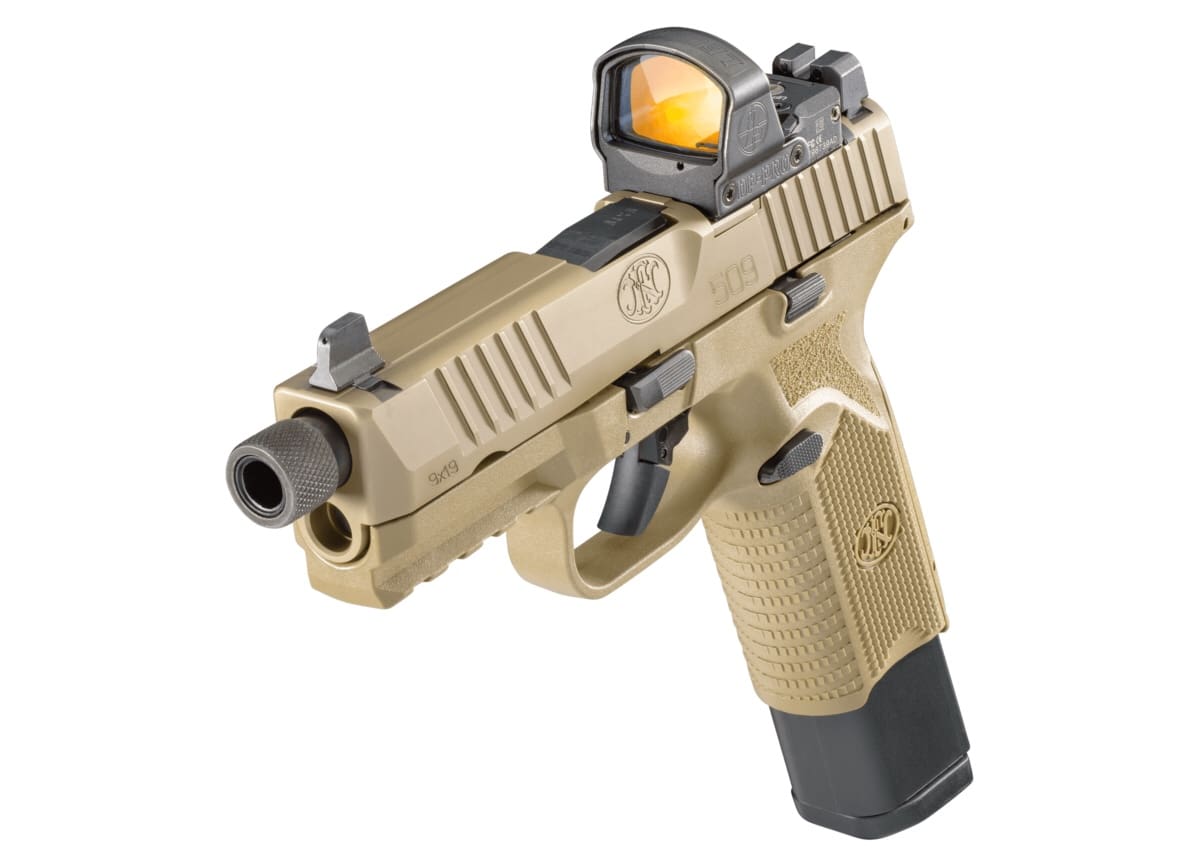
“The FN 509 Tactical and the FN Low-Profile Optics Mounting System are another leap forward in the optics-ready pistol market,” said John Keppeler, vice president of sales and marketing for FN America, LLC. “FN set the trend for factory optics-ready pistols with the release of the FNP-45 Tactical nearly a decade ago and we’re set to do it again with this release. From barrel to base plate, the FN 509 Tactical really is the ultimate tactical pistol.”
The FN 509 Tactical, an extension of the FN 509 family, is based on FN’s submission pistol that the U.S. Army tested for its Modular Handgun Trials, but includes the significant improvements to the design that were implemented in the FN 509. Like the optics mounting system, FN’s team of engineers set out to develop the ultimate tactical pistol by addressing the market’s existing limitations.
As a result, the FN 509 Tactical features an FN-signature 4.5-inch, cold hammer-forged, stainless-steel barrel with target crown, ½” x 28 threads that accept the bulk of 9mm suppressors available and thread cap with integrated O-ring to prevent loosening during use. Lastly, the 24-round magazines, nearly identical in length to the pistol’s slide, maximize ammunition capacity without impacting carry convenience.
The optics mount accepts the majority of MRD’s on the market with no need to direct mill the slide, allowing for a low-profile mount and co-witness with the suppressor-height iron sights. The slide cap, for use when not shooting with an optic, has raised sight wings that protect iron sight alignment if the pistol is dropped or jostled, and provides a textured ramp for racking the slide against a belt loop, pant pocket or boot.
See the FN 509 Tactical at the company’s next stop on the FN Battle-Proven Tour at the Bojangles Southern 500 NASCAR Race in Darlington, South Carolina, Sept. 1-2, 2018. For more information about the FN 509 Tactical, please visit www.fnamerica.com.


